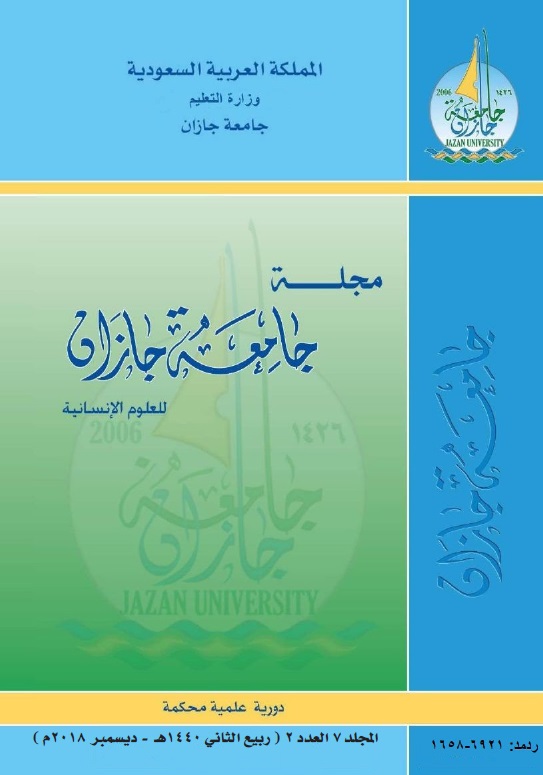(من) و (ما) في التعليق الشرطي وحقيقة كونهما موصولتين دراسة في البنية الشكلية في ضوء استخدامهما في القرآن الكريم
Abstract
The study analyzes one of the tools used in Arabic language, and the related provisions in terms of their use in the Holy Quran from the point of view of the formal structure, which is (who) in the case of its conditional structure which connects two sentences, whenone sentence relies on the other. It is also connected to the condition (who). Grammarians thought that (who) is a relative pronoun as well as a conditional; it requires two sentences: one is the cause clause and the other is the result clause. From the time of Sibaweh, grammarians do not consider (who) as a relative pronoun when it is used as a condition. They differentiate between them. It is either a relative pronoun or a condition. And they do not see that it can be both; a relative pronoun and a condition in one structure. The research discusses this long-standing understanding, and it proves that it is merely a conception that is neither based on nor supported by the linguistics (grammar). The word, "who", still maintains that it is a relative pronoun in all its uses, unless it indicates interrogative, as there is no similarity between them in form or content.
Downloads
Downloads
-
PDF (Arabic)
8
3
Published
Issue
Section
License
Copyright (c) 2018 CC Attribution 4.0

This work is licensed under a Creative Commons Attribution 4.0 International License.





